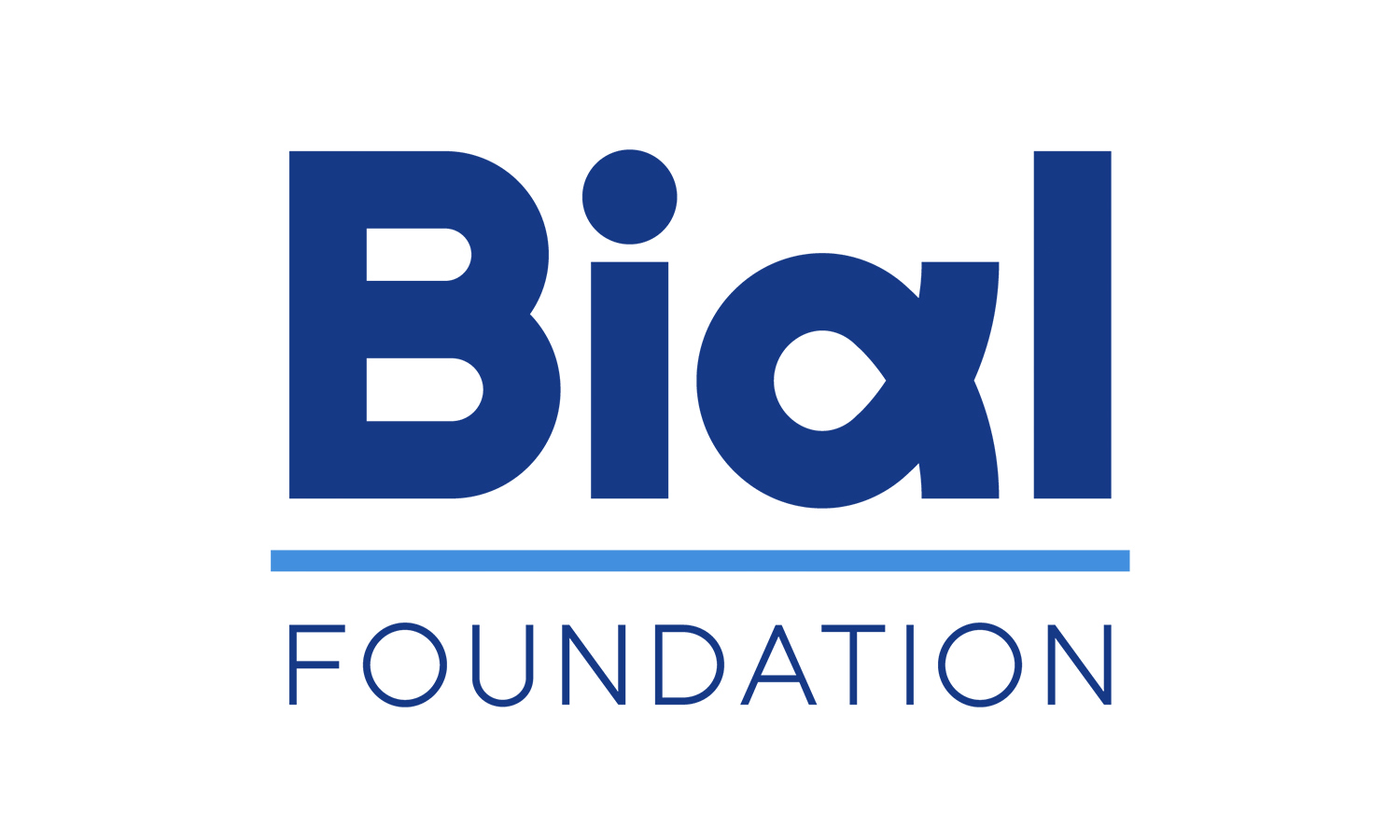We are social beings, and much of what we feel and think depends on what we see in others' faces. Emotions like fear and anger, for example, give us crucial clues about dangers around us. Interestingly, our brain can capture these emotions even without us being aware of it. However, there is still much to discover about how emotions "compete" to reach our consciousness and what this can reveal about how we react emotionally. A team led by Liliana Capitão decided to delve deeper into this topic and use a technique called Continuous Flash Suppression to understand how long different expressions — fear, anger, and happiness — take to emerge into consciousness. The results show that faces with fearful expressions are detected more quickly than those with angry or happy expressions. Innovatively, the researchers found a link between this difference and the tendency to feel anger after a frustrating moment: the faster the detection of fear, the greater the predisposition to react with anger. These findings help to better understand the unconscious processes that shape our emotions and reactions in daily life. This study was published in the journal Consciousness and Cognition, in the article Invisible Dangers”: Unconscious processing of angry vs fearful faces and its relationship to subjective anger, as part of the research project 277/22 - Anger in the mind and body: From unconscious cognitive mechanisms to psychophysiological and neural substrates, supported by the BIAL Foundation.
ABSTRACT
Traditional paradigms for studying the unconscious processing of threatening facial expressions face methodological limitations and have predominantly focused on fear, leaving gaps in our understanding of anger. Additionally, it is unclear how the unconscious perception of anger influences subjective anger experiences. To address this, the current study employed Continuous Flash Suppression (CFS), a robust method for studying unconscious processing, to assess suppression times for angry, fearful and happy facial expressions. Following the administration of CFS, participants underwent an anger induction paradigm, and state anger symptoms were assessed at multiple timepoints. Suppression times for angry faces were compared to those for happy and fearful faces, and their relationship with state anger symptoms post-induction was examined. Results revealed that fearful faces broke suppression significantly faster than happy faces. Anger was slower to break suppression compared to fear, but no significant differences emerged between anger and happiness. In addition, the faster emergence into awareness of fear compared to anger was linked to an increased state anger after the induction, indicating that differences in the unconscious processing of these two emotions can potentially influence symptoms of subjective anger. These findings provide new insights into how angry and fearful faces are processed unconsciously, with implications for understanding the cognitive mechanisms underlying subjective anger.






































































